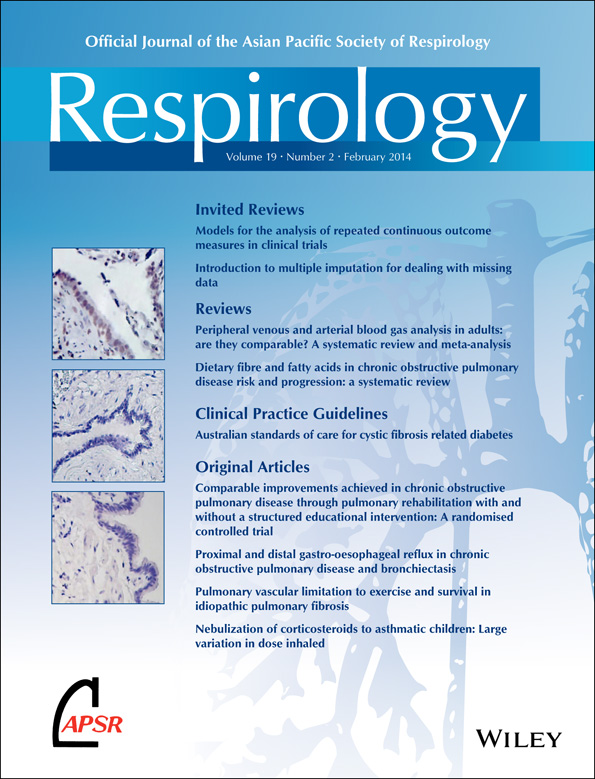High expression of high-mobility group box 1 in the blood and lungs is associated with the development of chronic obstructive pulmonary disease in smokers
Abstract
Background and objective
High-mobility group box 1 (HMGB1) is an important mediator in multiple pathological conditions, but the expression of HMGB1 in chronic obstructive pulmonary disease (COPD) has not yet been completely investigated. We aimed to analyze the relationship between HMGB1 expression in blood and lung tissue and the development of COPD.
Methods
Twenty-eight patients admitted for single pulmonary surgical intervention were enrolled. The expression of HMGB1 in blood and lung tissue was evaluated by enzyme-linked immunosorbent assay analysis and immunohistochemistry stain, respectively. The study patients were divided into smokers with COPD (n = 11), smokers without COPD (n = 8) and non-smoker healthy controls (n = 9).
Results
Smokers with COPD compared with smokers without COPD and healthy controls were older in age, with lower post-bronchodilator forced expiratory volume in 1 s/forced vital capacity (FEV1/FVC) ratio (63.1 ± 5.5 vs 77.6 ± 3.6 and 84.5 ± 5.8, P < 0.001 and P < 0.001, respectively) and higher levels of plasma HMGB1 (93.2 ± 139.9 vs 7.3 ± 4.8 and 17.0 ± 19.6 ng/mL, P = 0.016 and P = 0.021, respectively). In smokers with COPD, the numbers and portion of HMGB1-expressing cells in epithelium and submucosal areas were significantly increased. Notably, plasma HMGB1 levels negatively correlated with post-bronchodilator FEV1/FVC ratio (r = −0.585, P = 0.008) in smokers, but not in non-smokers.
Conclusions
In smokers, high expression of HMGB1 in the blood and lungs is related to the lung function impairment and appears to be associated with the development of COPD.




